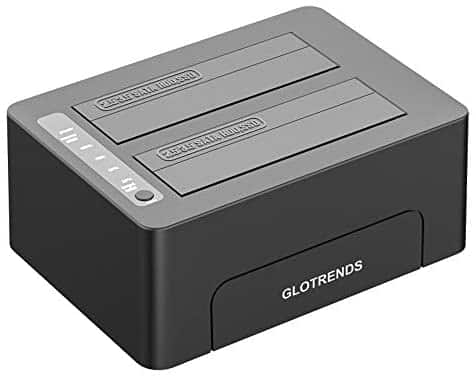Scientists in Singapore developed a single-reagent approach to recover silicon in recycled PV panels that reportedly offers high recovery rates compared to double-reagent methods. The recycled silicon was then effectively reused in anodes intended for applications in lithium-ion batteries.
A group of scientists led by Nanyang Technological University (NTU) in Singapore has developed a process to recycle silicon from end-of-life PV panels that reportedly offers a recovery rate of up to 98.9%.
“The NTU approach demonstrated a higher recovery rate and purity than present silicon recovery technologies,” the research’s lead author, Sim Ying, told pv magazine. “We used the recovered silicon in a lithium-ion battery anode and tested it for efficiency. Results showed that it performed similarly to new, commercially bought silicon.”
In the paper “Simplified silicon recovery from photovoltaic waste enables high performance, sustainable lithium-ion batteries,” published in Solar Energy Materials and Solar Cells, the research team explained that the common approaches for recycling silicon from PV panels use two reagents – nitric acid (HNO3) and potassium hydroxide (KOH) – to separate the metals from silicon cells.
Despite their effectiveness and accessibility, these two reagents generate both acidic and alkaline post-treatment solutions that need to be treated separately and require a post-treatment to remove the anti-reflective coating (ARC) from the recovered silicon. “Furthermore, the KOH step in the double reagent approach has detrimental effect on the recovery yield and purity of recovered silicon,” the researchers said.
For their new process, the academics used only one reagent – phosphoric acid (H3PO4) – which they claimed eliminates the need for all above-mentioned post-treatments. Moreover, this reagent is also always used in the etching paste used for ARC removal and, by targeting directly the ARC layer, is able to separate the silver (Ag) and aluminum (Al) from the wafer surface.
The scientists said that the proposed technique is able to efficiently leach out the Al and detach the Ag electrodes from the solar cells, while also being capable of removing the ARC with minimal generation of precipitates during the treatment. “Use of H3PO4 does not lead to Si dissolution, as seen in both the double reagent approaches,” they explained, noting that their sample achieved a recovery rate of 98.9% with a purity of 99.2%.
The research group utilized the recycled silicon in a lithium-ion battery anode and found it performed similarly to new, commercially bought silicon. “The long-term cycling of the recovered silicon managed to retain 62.3% of its initial specific capacity (1086.6 mAh g 1) after 500 cycles while maintaining high coulombic efficiency of over 99%,” it added, referring to the performance of the tested storage system.
“The comparable performance between our upcycled silicon-based lithium-ion battery and the newly purchased ones proves that the NTU approach is feasible,” said Ying. “We envision our faster and cheaper silicon recovery method to be a positive boost for the development of EV batteries. Aside from EVs, there are also potential applications such as thermoelectric devices.”
This content is protected by copyright and may not be reused. If you want to cooperate with us and would like to reuse some of our content, please contact: [email protected].

